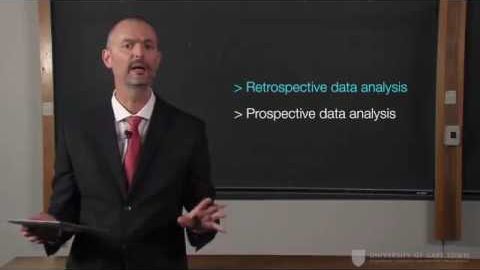共通の特徴を持つ集団の研究 コホート研究 (Studying a group with common traits Cohort studies)
Jack が 2021 年 01 月 14 日 に投稿  この条件に一致する単語はありません
この条件に一致する単語はありませんUS /spɪˈsɪfɪk/
・
UK /spəˈsɪfɪk/
- n. (u.)(音楽の)拍子 : テンポ;(時計が指し示す)時刻 : 時間;時間;(ある出来事が起きる)時 : 時点;時;時代 : 時期;時間;所要時間
- v.t.(音楽の)リズムをとる;(~するのに)ふさわしい時を選ぶ;時間を計る;(出来事の最適な時間や時期を)決める
- n. (c./u.)共有地;(地域共同体が所有する)共有地
- adj.公共の;典型的;一般の;広まっている;下品な;普通名詞の
エネルギーを使用
すべての単語を解除
発音・解説・フィルター機能を解除

